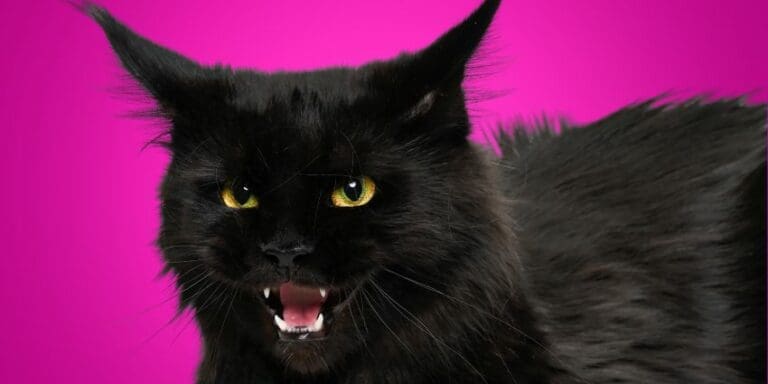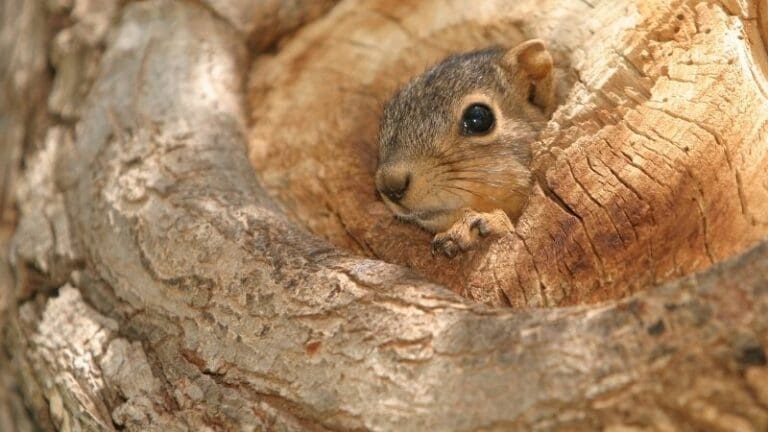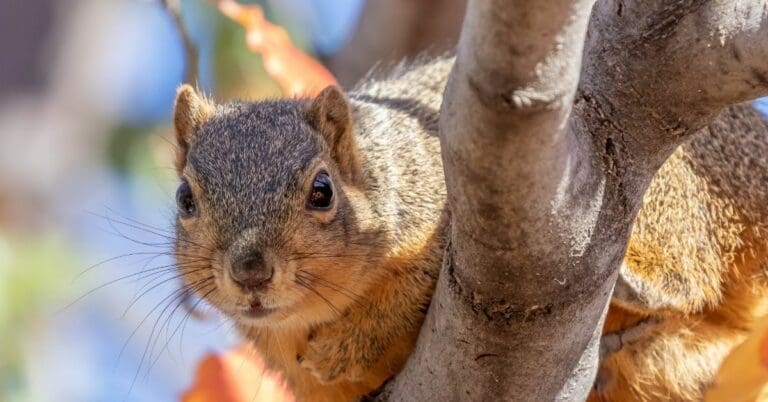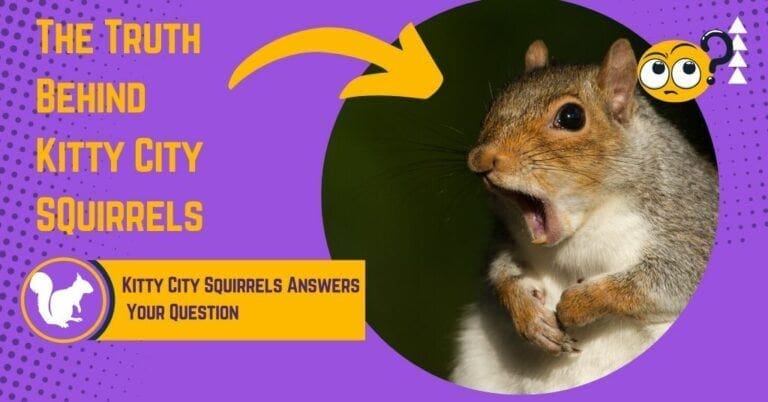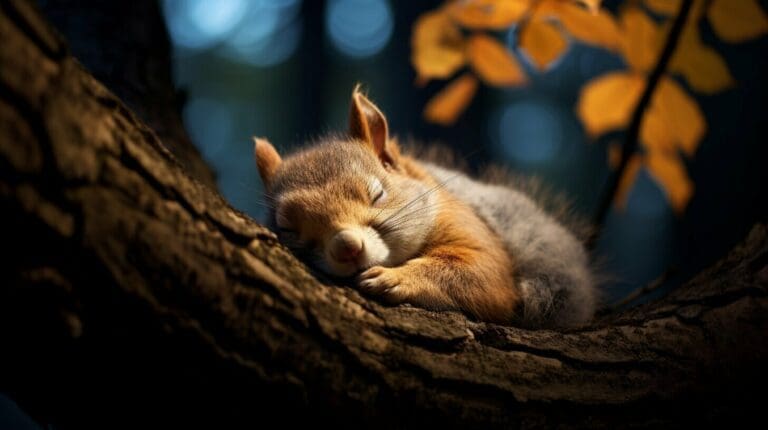Embracing the Eastern Gray Squirrel in Urban Landscapes
Imagine strolling through your city’s bustling streets, where the significant presence of the eastern gray squirrel in urban landscapes provides a delightful connection to the natural world. These agile creatures have become an integral part of our urban ecosystems, contributing to the dynamic balance of urban squirrel habitats. It’s a testament to both their resilience and our desire to blend the natural environment into our metropolitan lifestyles.
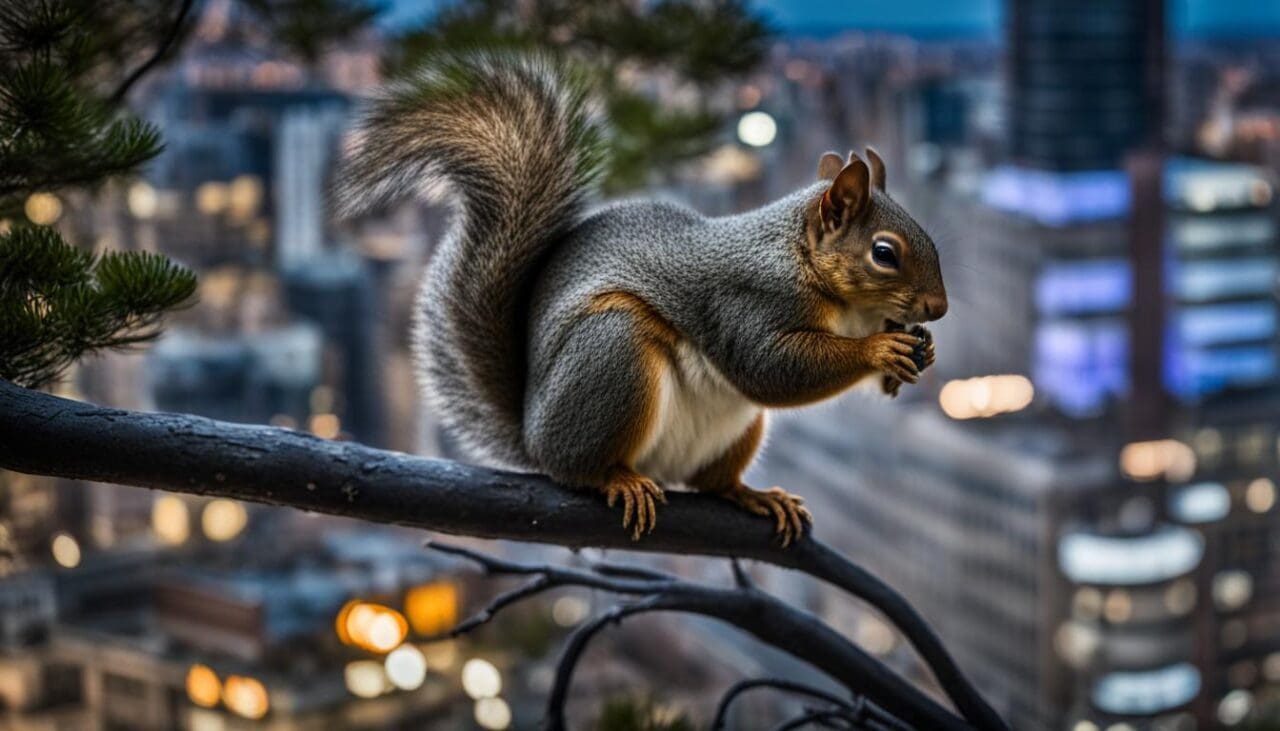
As you observe these furry inhabitants scurrying past, consider how their survival and prosperity were not accidental. Crucial to their urban adaptation was the careful design and inclusion of green spaces that mimicked their natural habitats. And let’s not forget the pivotal role humans played in managing squirrel populations, which allowed these creatures not just to survive, but to thrive. With strategic planning and thoughtful interaction, we can maintain the harmony that exists between our concrete jungles and these charming denizens of the city.
Key Takeaways
- The integration of the eastern gray squirrel into cityscapes blooms from our intrinsic need to connect with nature.
- Strategic urban design during the Landscape Parks Movement was key to establishing thriving squirrel populations.
- Today’s urban squirrel habitats are a success story of cohabitation between wildlife and urban dwellers.
- Effective management of urban wildlife, including squirrels, can lead to sustainable, biodiverse cities.
- Continued education and community involvement are crucial for the well-being of our urban critters.
The Life and Habits of Eastern Gray Squirrels
As dweller of the city, you may have noted the squirrel behavior in cities—a behavior that illustrates the adaptability of the eastern gray squirrel. These animals have skillfully transformed the urban environment into their home.
Have you ever noticed squirrels busily foraging in the fall? It’s no coincidence. The acorn diet of urban squirrels plays an indispensable role in their survival, specifically in the colder months. By feasting on masts like acorns, the eastern gray squirrel prepares for winter through a remarkable caching strategy. These small but savvy creatures tuck away these hard seeds, which can endure the winter’s chill while maintaining their nutritional bounty.

Beyond their diet, nesting habits of urban squirrels are equally fascinating. Sturdy branches and cavities in hardwood trees offer vital shelter. Dreys, or squirrel nests, are often constructed in the forks of tall city trees, providing a private and secure den for squirrel families. Meanwhile, urban structures also afford additional protection, turning buildings and homes into accidental havens from aerial predators.
| Dietary Preferences | Winter Survival Strategy | Nesting Locations |
|---|---|---|
| Acorns, hickory nuts, beechnuts | Cache hard seeds | Tree cavities, dreys in branches |
| Buds and berries | Retain nutritional value | Urban structures for added protection |
In the city’s vertical expanse, telephone poles and electric power lines have become modern squirrel highways. Squirrels can navigate these routes safely, avoiding the dangers of lower ground. And let’s not overlook the unintentional offerings from humans: food waste. While not part of their natural diet, squirrels are not shy in indulging in the occasional human delicacy, from leftovers to trash bin treasures.
Your urban encounter with a squirrel is not by mere happenstance. These creatures symbolize our collective craving for nature amidst the concrete expanse, yet they have found a means to coexist in our human-forged world. So next time you spot a squirrel darting along a fence or spiraling up an oak, take a moment to marvel at the adaptability and resilience that define the life and habits of urban squirrels.
Coexisting with Eastern Gray Squirrels: Benefits and Challenges
When you imagine the quintessential urban landscape, the eastern gray squirrel might not be the first resident that comes to mind. Yet these adaptable creatures have become a symbol of urban nature. We see them almost daily, and our coexistence with them falls within a delicate balance. To foster a healthy relationship with our bushy-tailed neighbors and maintain our enjoyment of green spaces, there are best practices for coexisting with urban squirrels that city dwellers should embrace.
Acknowledging the presence of these squirrels is key to understanding their impact and the importance of squirrel-proofing gardens. But this relationship isn’t one-sided – squirrels contribute to the urban ecosystem by dispersing seeds and offering natural pest control. Here’s where learning about and implementing wildlife-friendly practices can enhance our shared environments.
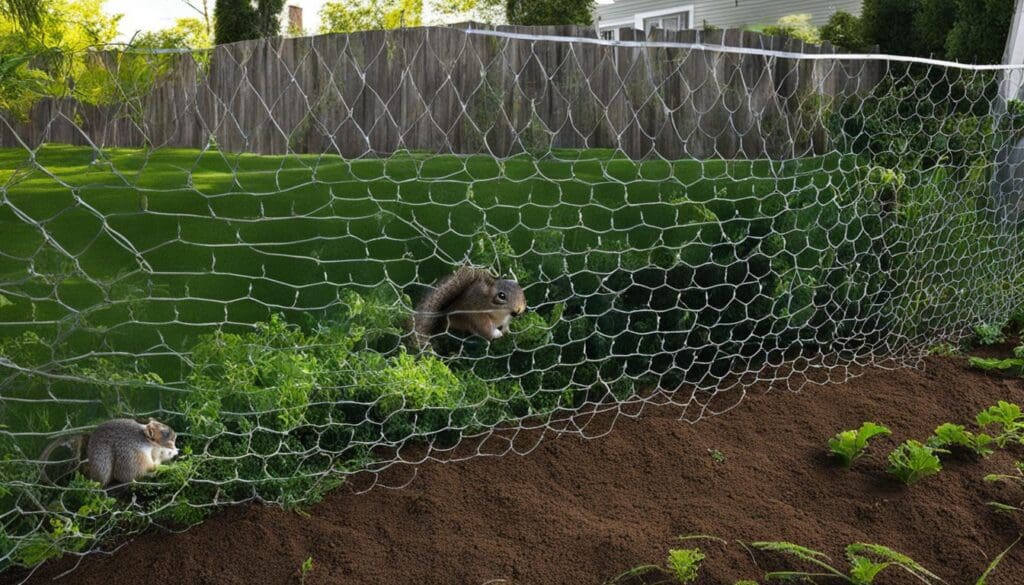
- An enhanced sense of natural beauty in urban settings
- Increased biodiversity that comes from supporting various species
- The joy and educational value of observing wildlife behavior up close
- Healthy seed dispersal thanks to their foraging and caching habits
Challenges in the Urban Squirrel Relationship may involve:
- Protecting bird populations by moderating squirrel numbers
- Possible damage to property and local flora
- Concerns about the spread of diseases or parasites
- Competing interests between wildlife enthusiasts and those less appreciative of these creatures
Therefore, it is imperative that we develop and follow best practices for coexisting with urban squirrels. These might include:
- Installing squirrel-proof feeders to safeguard our bird friends
- Protecting gardens and property with humane deterrents and barriers
- Creating natural habitats in parks that provide squirrels with alternative food sources
- Keeping waste properly secured to prevent scavenging
Finding the right balance is often a community effort, where discussions and consensus lead to strategies that support both squirrel-proofing initiatives and the inherent benefits they provide. By taking these steps, we enhance our cities’ livability, for us and our furry friends alike.
Conservation and Protection: Ensuring a Sustainable Future for Our Furry Friends
As you navigate the vibrant streets of your city, the presence of the eastern gray squirrel in urban landscapes is both a charming sight and a reminder of nature’s adaptability. Ensuring that these creatures continue to enhance our urban experience requires diligent conservation and protection efforts.
It is not simply about maintaining a species for aesthetic pleasure; it’s an issue of biodiversity and ecological balance. Squirrel relocation in urban areas is one such measure, aiming to resolve human-squirrel conflicts while safeguarding their populations in heavily built environments.
Moreover, attracting squirrels to urban feeders can be a positive strategy to support these animals where natural food sources may be scarce, yet one must approach this with caution to avoid dependency and overpopulation.
Co-exist in Harmony
The objective is a harmonious coexistence, where the thriving squirrel communities neither impinge on human space nor suffer from it. As active city dwellers, your participation in and advocacy for wildlife-friendly practices contribute to a sustainable future not only for the squirrels but also for the urban ecosystem as a whole.
In your advocacy, remember to reflect on the profound journey of the eastern gray squirrel—from their initial urban introductions in the 1800s to becoming beloved constituents of our cityscapes. By understanding their historical context and ecological impacts, you can help delineate the most effective conservation tactics.
These could range from engaging in community education about the value of urban wildlife, supporting local park management in creating squirrel-friendly habitats, to responsibly managing waste that often attracts these creatures. You have the power to influence how the eastern gray squirrel and other urban wildlife will fare in the years to come. By taking action today, we secure the legacy of these captivating animals for future generations to behold and admire.
FAQ
Why were eastern gray squirrels introduced into urban landscapes?
Eastern gray squirrels were introduced into urban landscapes in the 1800s as part of an effort to connect residents with nature within the burgeoning city environments. Fredrick Lawn Olmstead, an influential landscape architect, strongly contributed to this effort through the design of parks that incorporated natural elements conducive to the habitat of squirrels, especially the planting of oak trees for their acorns, which are a major part of the squirrels’ diet.
How have eastern gray squirrels adapted to city life?
Eastern gray squirrels have exhibited remarkable adaptability to urban settings. Their diet, which originally included tree masts like acorns and nuts, expanded to include other food sources available in cities, such as discarded human food. They’ve also made use of urban infrastructure, like buildings and powerlines, for shelter and navigation, and have adjusted their nesting habits to take advantage of the nooks and crannies that the urban environment offers.
What are the benefits and challenges of having squirrels in urban areas?
Squirrels can be a delight to watch and can help reinforce an urban connection to wildlife and the natural world. However, challenges include their potential to disrupt gardens, compete with native species, and become overly dependent on human-provided food sources. By understanding their behavior and ecological role, residents can implement best practices that help to manage and coexist with urban squirrel populations in a beneficial way.
Can eastern gray squirrels affect other urban wildlife?
Yes, eastern gray squirrels can impact other wildlife within the urban ecosystem. For example, they may predate on bird eggs and fledglings, which can affect local bird populations. They can also compete with other species for food and nesting sites. Effective management techniques are important to maintain a balanced urban ecosystem.
How can I squirrel-proof my garden to prevent damage?
Squirrel-proofing your garden can involve several strategies: using physical barriers like nets or fences, planting squirrel-deterrent flowers or shrubs, providing squirrels with alternative food sources away from your garden, and securing food waste to discourage foraging. Staying consistent with these methods can help protect your garden while also being mindful of the squirrels’ habitat needs.
What does the diet of an urban eastern gray squirrel consist of?
The urban eastern gray squirrel’s diet mainly consists of acorns, nuts, seeds, and berries typical of their natural habitat. However, in an urban environment, their diet may be supplemented by human food waste, birdseed from feeders, and blossoms from ornamental plants. This diverse diet aids their survival and reproducing success in urban landscapes.
Where do urban squirrels build their nests?
Urban squirrels often build their nests in the sturdy branches and cavities of mature hardwood trees. However, they are known to take advantage of various structures within cities as well, including attics, abandoned buildings, and other sheltered spots that provide protection from predators and harsh weather conditions.
What should be considered when relocating urban squirrels?
When considering squirrel relocation, it’s important to think about the animal’s well-being and the ecological impact. Relocation should be undertaken by wildlife professionals and according to local regulations. Also, ensure that the new location has appropriate food sources and that the release does not disrupt existing squirrel populations or other wildlife in the area.
How can I attract squirrels to an urban feeder responsibly?
To attract squirrels responsibly, you can set up a designated feeder in a location that doesn’t provoke conflict with other wildlife or with humans, such as far from bird feeders and gardens. Stock the feeder with foods that are part of their natural diet, like nuts and seeds. It’s also important to maintain the feeder to ensure cleanliness and reduce the spread of diseases among the squirrel population.
